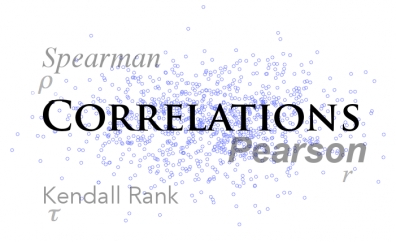Today’s economy, led by advances in changing economic cycles and communication, relies more on data science. Big data techniques, a significant component of data science and business intelligence, are utilized to harness vast amounts of data quickly for analysis. Increasingly, the volume and availability of granular data, coupled with highly specific and powerful analytical tools such as R and SAS drive organizations toward making more accurate predictions with the prospect of increasing sales and generating organizational efficiencies. These predictions help enable efficient supply chains, driving down costs for producers and leading to more expedient delivery of products and services for consumers.
Tag Archives: statistics
Understanding Regression – Part 2
The last article focused on what regression was and how the results can be interpreted. It mentioned that there were a number of assumptions required in order for the model to be valid. The assumptions are necessary because they relate to the reasons why a regression line works well as a prediction. The assumptions are based on the residuals, which are the difference between the predicted value of the dependent variable in the regression and the actual y value in the regression. Continue reading Understanding Regression – Part 2
Understanding Regression – Part 1
Decision makers are always looking for ways to understand the effects of their actions. Managers generally assume that if they find a correlation between two items it means they understand the relationship between two variables; however, as was stated in a previous blog article, Beware of Correlations, correlations may not tell the whole story, and, furthermore, they can only tell the story between two variables. Regression allows us to understand more involved relationships between variables and an outcome variable.
Conjoint Analysis: Finding Customer Preferences
Marketers are always looking for ways to identify which attributes of products their customers really like. Customers tend to choose products, but subconsciously they rate their preferences based on the attributes of those products. These attributes, also called stimuli, affect the customers decision making behavior.Conjoint analysis is a technique that allows the researcher to ascertain the value customers place on different attributes of a product or service, without specifically asking about the attributes themselves.
Continue reading Conjoint Analysis: Finding Customer Preferences
Beware of Correlations
Beware of correlations because they can bite! Actually, correlations are a great tool to measure the relationship of one variable to another, and they are widely used to help understand the strength and direction of the relationship. However, there are some interesting points about correlation differences that every data analyst should understand. Continue reading Beware of Correlations



